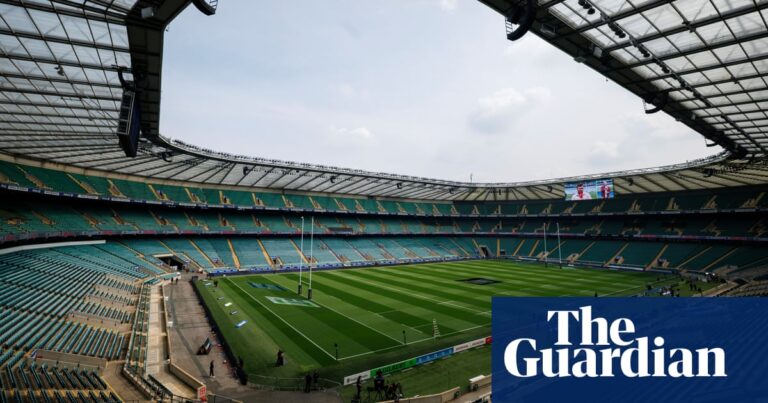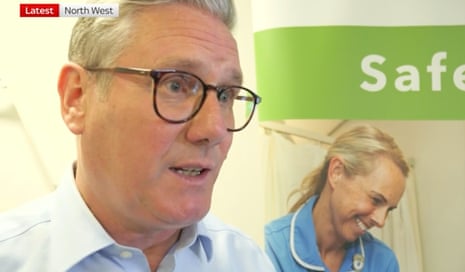Oxford sits about 60 miles west of London and 75 miles south of Birmingham. Its closest major towns include Northampton and Reading. So it seems strange that its second-biggest club, despite competing in a regional league, will start their season on Saturday in Lancashire and clock up eight round trips of more than 350 miles in the next nine months.
That fate has befallen relegated Oxford City – and they have faced similar before. On winning promotion to the sixth tier of English football for the first time in 2012, City transferred from the Southern League Premier to the Conference North. That stint lasted for three years before their entry into the National League South and after eight seasons there and one in the national division above, they are back where they started. This season they will cover just over 6,600 miles getting to and from league games – an average round trip of almost 300 miles and a 2,575-mile increase on their most recent campaign in National League South and 1,339 miles up on last season.
How did it come to this? Each season, the Football Association evenly splits the 48 sixth-tier teams across the two regional divisions. Its considerations are geographical, drawing a boundary between the 24 most northern and southern teams. Even so, Oxford look an odd case.
The town of Hemel Hempstead, which has a team in National League South, is marginally further north than Oxford. However, Hemel Hempstead’s stadium is south of Oxford City’s. A National League spokesperson said the relevant location is “where the club is based, not the geographical location of the whole town”. Hemel’s total league mileage? About 3,700, at an average of about 160 miles a match. That division includes Truro City, who provide most clubs’ longest away trip and whose travel chart reaches about 11,300 miles.
The manager who must deal with the challenge at Oxford is Sam Cox. He ended last season in caretaker charge of Wealdstone and has embraced his first full-time role. “Given the logistics that we are in, we are the underdogs,” he says. “The boys know the cards we have been dealt and ultimately they’ve signed on and joined the squad because we can be competitive.”

The mantra of “control the controllables” is key for Cox. “We plan strategically through the week to ensure tactically and in terms of game understanding, we’re prepared. All the bits in between – the stayovers and prep for that – are what provide us with the challenges.”
The club are also a “cornerstone of the community”, he says, and the 33-year-old has not forgotten how arrangements affect supporters. “These fans are going to be taking up their whole weekend to support us and travelling up and down from the north is not going to be an easy task.”
Fine margins make all the difference in an environment where attitudes are changing. Cox remembers from his playing days, spent mainly in non-league, that the “Conference was a league where players dropped down to retire. Many teams trained only once a week. Now, players are younger; there’s more players dropping from Cat[egory] 1, Cat 2, Cat 3 academies into these leagues. The league would benefit from some strategy to ensure that these circumstances don’t happen.”
Oxford are not the only ones to endure trials and tribulations in the league. Scarborough Athletic are one of the four longest away days on Oxford’s list. Their location in North Yorkshire has proven problematic. The chairman, Trevor Bull, says: “Our players are part-time and the biggest problem occurs with midweek fixtures where players might travel independently or end up missing the game altogether.
after newsletter promotion
“Our location is also a disadvantage in regards to recruiting players, which we mitigated by training 40 miles away in York, so players have two hours less to travel for training sessions. For some away matches, players have less distance to travel than for our home games.”
South Shields are the division’s most northerly team. Though they are one of its few full-time clubs, they feel the difficulty of extensive travel. Their chairman, Geoff Thompson, recognises the administrative struggle the division has to manage. “The National League South is mostly clubs in London, south of London and the south-west so it’s a complicated problem and I’m not exactly sure how it could be fixed.”
He regards the situation as part and parcel of a journey through the tiers. “Just over nine years ago we were in a Northern League division with entirely local football. We’ve had a number of promotions into the National League system and that has come with a price.”
Source: theguardian.com


















